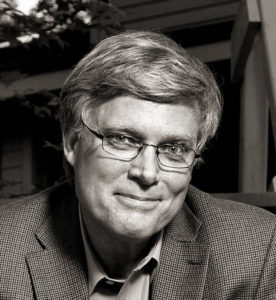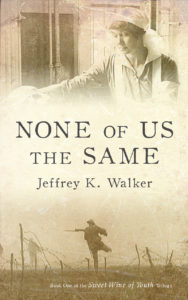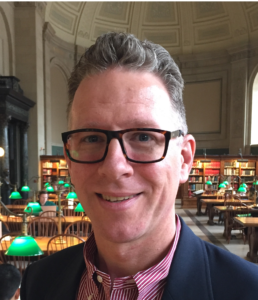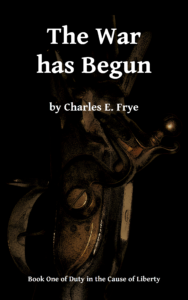Read to the bottom of the page for a special offer!
I have always been fascinated by India… maybe because it is literally as different a culture from ours as possible yet there’s always been cultural cross-over. The British Raj has given us some of the most famous historical fiction ever (you’re a good man, Gunga Din) and yet we in the West have seldom heard the story from the Indians’ perspective. That’s where Jocelyn Cullity and “Amah and the Silk-Winged Pigeons” come in.
Jocelyn Cullity’s Amah & the Silk-Winged Pigeons is based on ten years of research. She was awarded The New England Writer’s Fellowship from A Room of Her Own Foundation in the United States, and a Writers’ Reserve Grant from the Ontario Arts Council in Canada. Her short stories and essays have been published in American, Canadian, and Indian journals and anthologies; her award-winning documentary film about women and social change in China, Going to the Sea, aired on television and in festivals in Canada, the United States, and in Europe.
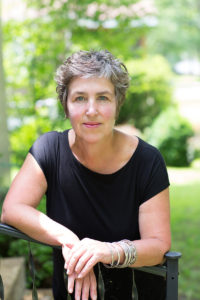 Jocelyn has a Ph.D. in Creative Writing from Florida State University and is currently the Director of Creative Writing in the BFA Program at Truman State University. She lives in Columbia, Missouri with her husband, the film scholar Prakash Younger, and their two daughters.
Jocelyn has a Ph.D. in Creative Writing from Florida State University and is currently the Director of Creative Writing in the BFA Program at Truman State University. She lives in Columbia, Missouri with her husband, the film scholar Prakash Younger, and their two daughters.
What’s the story of Amah about?
Amah and the Silk-Winged Pigeons is about the women (who do not find sufficient space or voice in many of our history textbooks) who valiantly resisted English rule in 1857 India — in a famous event that some English called “the Great Mutiny” and what some Indians call “India’s First War of Independence.”
As a Canadian living in the US, I find one of the great ironies is that one person’s “freedom fighter” is another person’s “godless rebel.” What is it about this particular story you found so fascinating?
19th century Lucknow was gorgeous, opulent, and cosmopolitan — European travelers to the city regularly would say they were in “luck. now.” when they reached the city. The English had already taken over other parts of India and in 1856, they deposed Lucknow’s King and began to take over the city. What followed was a famous uprising in which the Indians in the city — led by women — attempted to oust the English.
My mother’s English family lived in India for five generations and my great-great-great aunt was in the city of Lucknow during the resistance to English rule there. When I was a teenager, I transcribed her diary and the event stuck with me! I went on to look at Indian women’s perspectives on the tragedy that happened there. That’s when I found out that it was Indian women who planned and led the resistance — women we know too little about — and I knew then that the story I wanted to tell was theirs.
What’s your favorite scene in the book?
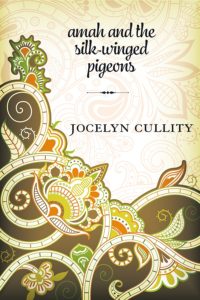
- https://www.amazon.com/s/ref=nb_sb_noss_2?url=search-alias%3Daps&field-keywords=amah+and+the+silk-winged+pigeons
- https://www.amazon.ca/Amah-Silk-Winged-Pigeons-Jocelyn-Cullity/dp/1771334371

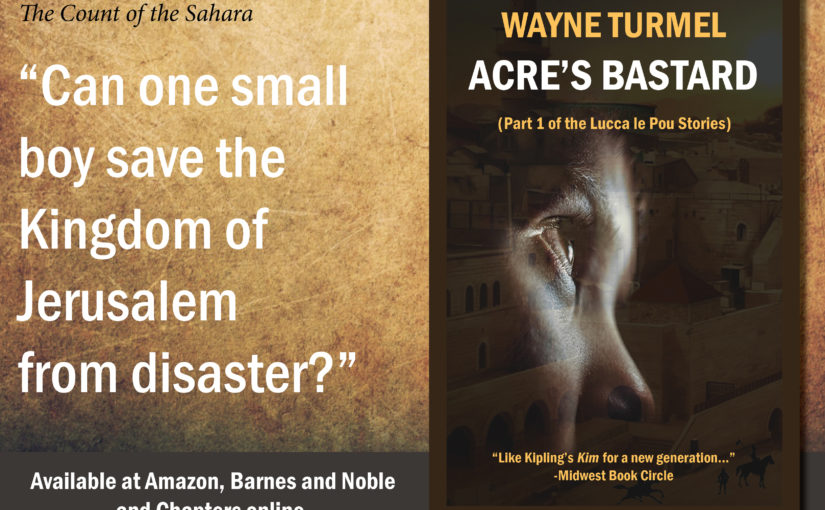
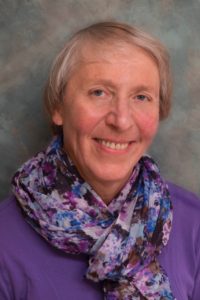
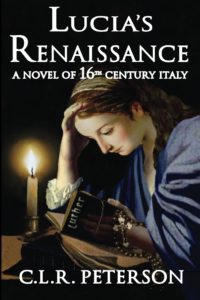
 Not only is the book set in the Ming and Qing dynasties, but Alice lives and writes in Richmond, BC, about 40 miles from my home town. She’s an avid reader of world historical fiction. Born and educated in Hong Kong, she grew up devouring Jin Yong’s (Louis Cha’s) martial arts and chivalry novels which are all set in China’s distant past. That sparked her life-long interest in Chinese history. Writing historical novels set in Old China has been her long cherished dream. She is the author of the bestselling Chinese edition of Land and the Ruling Class in Hong Kong, which won the 2011 Hong Kong Book Prize. In 2007, Canadian Book Review Annual selected the original English Edition as Editor’s Choice (Scholarly). Okay, she’s way out of my league but she talked to me anyway….
Not only is the book set in the Ming and Qing dynasties, but Alice lives and writes in Richmond, BC, about 40 miles from my home town. She’s an avid reader of world historical fiction. Born and educated in Hong Kong, she grew up devouring Jin Yong’s (Louis Cha’s) martial arts and chivalry novels which are all set in China’s distant past. That sparked her life-long interest in Chinese history. Writing historical novels set in Old China has been her long cherished dream. She is the author of the bestselling Chinese edition of Land and the Ruling Class in Hong Kong, which won the 2011 Hong Kong Book Prize. In 2007, Canadian Book Review Annual selected the original English Edition as Editor’s Choice (Scholarly). Okay, she’s way out of my league but she talked to me anyway….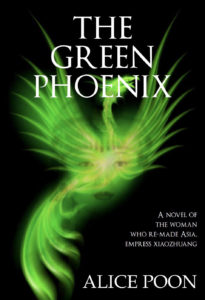 book?
book?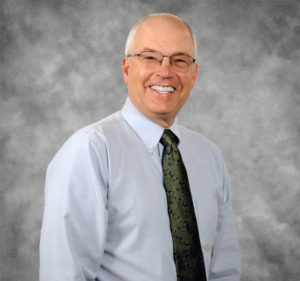 Anthony (Tony) Cleveland is an Associate Professor of Psychology at Jackson College in Jackson, Michigan. He has a B.S. In Chemistry from the University of Toledo and an M.A. In Counseling Psychology from Moody Theological Seminary – Michigan.
Anthony (Tony) Cleveland is an Associate Professor of Psychology at Jackson College in Jackson, Michigan. He has a B.S. In Chemistry from the University of Toledo and an M.A. In Counseling Psychology from Moody Theological Seminary – Michigan.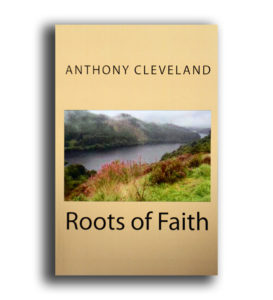 about are my ancestors. I wanted my grandchildren to know of the sacrifices their ancestors made in coming to America and the importance their faith made in that endeavor. The book, of course, is historical fiction. I attempt to weave together an imaginative yet informative blend of history and myth, fact and fiction, that will help guide them through their lives after I am long gone. I do pray reading this work will help them remember not only the history of their ancestors but of our nation. God willing, it will somehow inspire them to stay strong in faith, follow the teachings of Jesus of Nazareth, and, ultimately, “run the race well”.
about are my ancestors. I wanted my grandchildren to know of the sacrifices their ancestors made in coming to America and the importance their faith made in that endeavor. The book, of course, is historical fiction. I attempt to weave together an imaginative yet informative blend of history and myth, fact and fiction, that will help guide them through their lives after I am long gone. I do pray reading this work will help them remember not only the history of their ancestors but of our nation. God willing, it will somehow inspire them to stay strong in faith, follow the teachings of Jesus of Nazareth, and, ultimately, “run the race well”.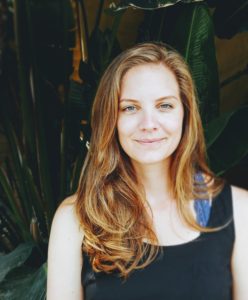 Just a girl born in the wrong era. My name is Lauren, I’m an artist and writer living in California. To sum myself up I propose this:
Just a girl born in the wrong era. My name is Lauren, I’m an artist and writer living in California. To sum myself up I propose this:
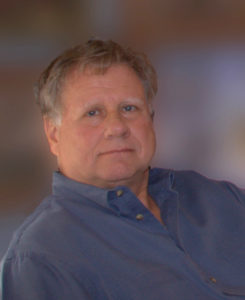 Rick presently lives in northern Mississippi with his wife, Janet, six cats and a male Labrador retriever named Blondie.
Rick presently lives in northern Mississippi with his wife, Janet, six cats and a male Labrador retriever named Blondie.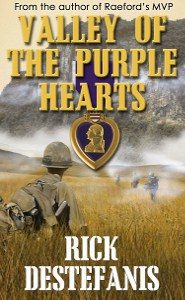
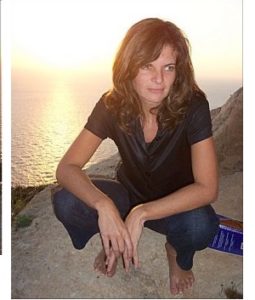 Nataša is an
Nataša is an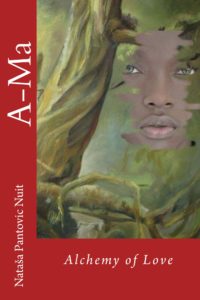 gun powder centuries before they came to Europe. Did you know that they possessed the most advanced Navy, yet they always focused on the trade with their neighbors, never went into frantic invasions of other continents. Reading about holocausts committed all around the world by Colonists powers around different continents (American Indians slaughter, Australian Aboriginals destruction, or crimes against New Zealand Maoris) all gave me an insight about how unfair was our world, and difficult our fight for justice, better world, and freedom. Within A-Ma we follow insights and subtle energy battles following lives of a group of enlightened souls who understood the prime importance for West and East wisdom sharing.
gun powder centuries before they came to Europe. Did you know that they possessed the most advanced Navy, yet they always focused on the trade with their neighbors, never went into frantic invasions of other continents. Reading about holocausts committed all around the world by Colonists powers around different continents (American Indians slaughter, Australian Aboriginals destruction, or crimes against New Zealand Maoris) all gave me an insight about how unfair was our world, and difficult our fight for justice, better world, and freedom. Within A-Ma we follow insights and subtle energy battles following lives of a group of enlightened souls who understood the prime importance for West and East wisdom sharing.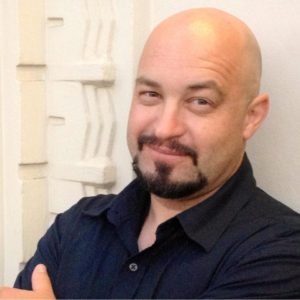 David J. West writes dark fantasy and weird westerns because the voices in his head won’t quiet until someone else can hear them. He is a great fan of sword & sorcery, ghosts and lost ruins, so of course he lives in Utah with his wife and children.
David J. West writes dark fantasy and weird westerns because the voices in his head won’t quiet until someone else can hear them. He is a great fan of sword & sorcery, ghosts and lost ruins, so of course he lives in Utah with his wife and children.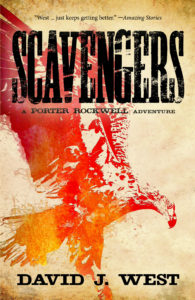 wide chasm while pursued by bandits. I did base that on a real place in the San Rafael swell where a cowboy did leap the divide on a bet.
wide chasm while pursued by bandits. I did base that on a real place in the San Rafael swell where a cowboy did leap the divide on a bet.